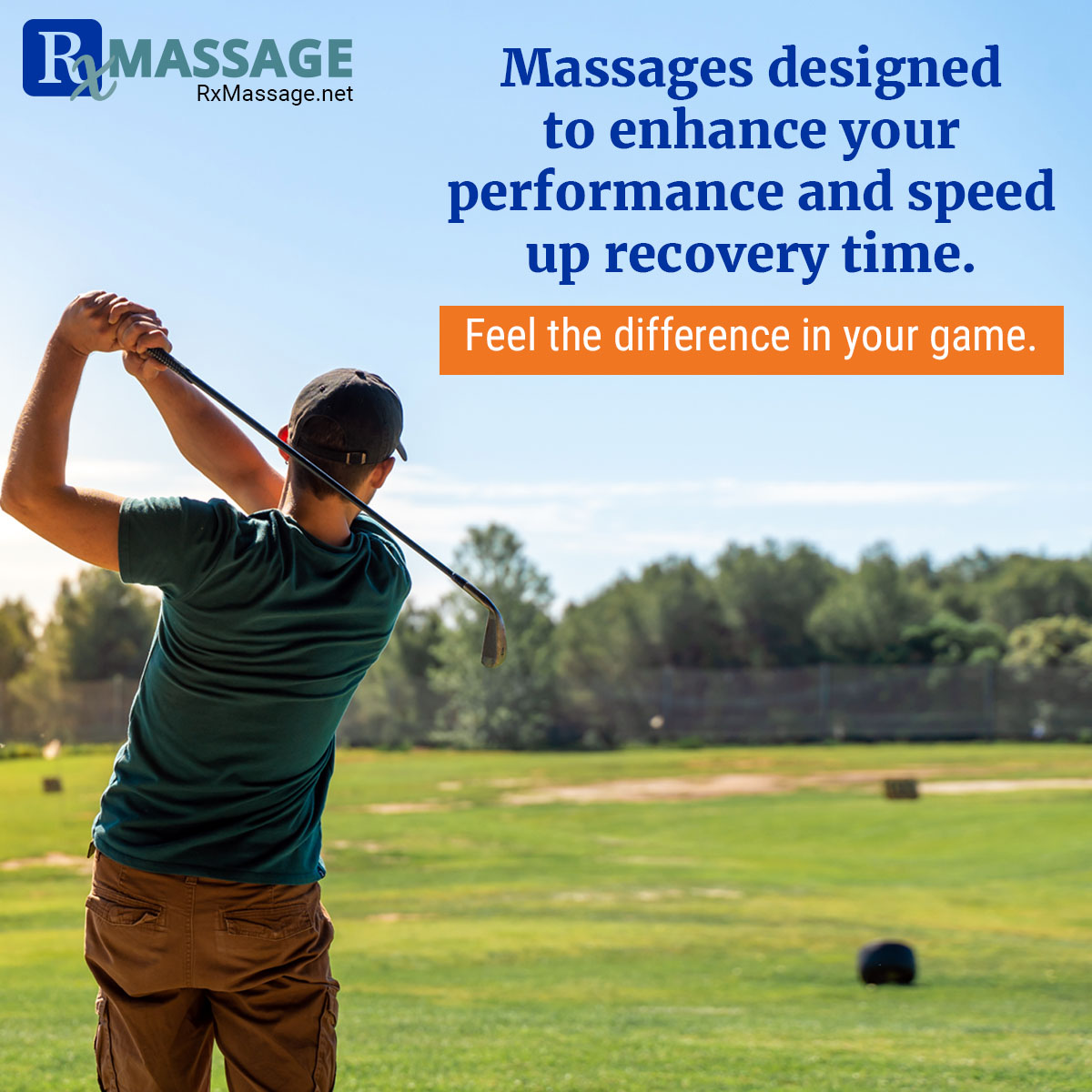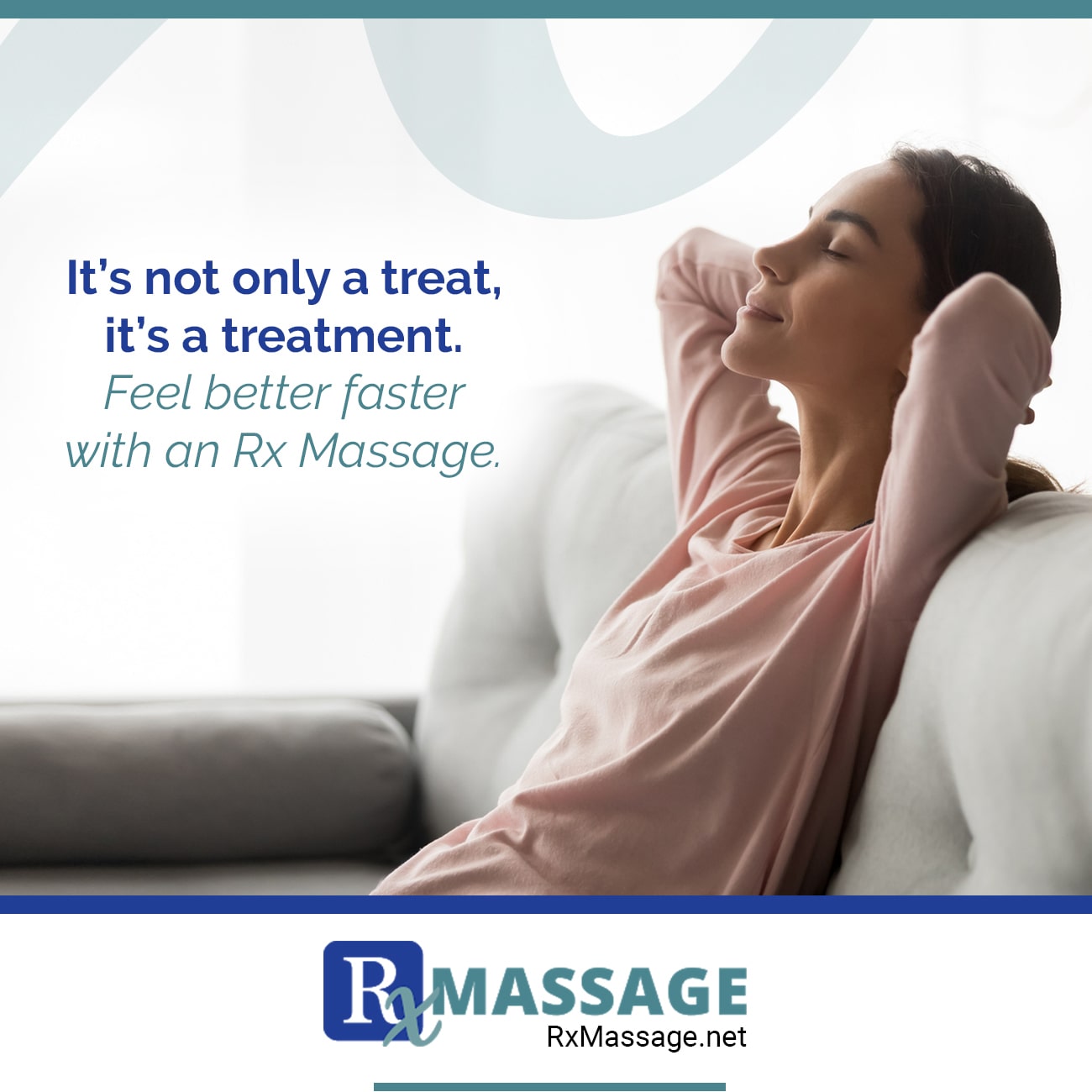How to Get Rid of Muscle Knots

01
2024
Muscle knots, those pesky lumps that seem to appear out of nowhere, can cause significant discomfort and hinder your daily activities. There are effective strategies to alleviate muscle tension and promote healing. Let’s discover the best methods to banish them for good. Need PT support to ensure your maximum health and recovery? We’ve got that!
What are muscle knots
Commonly known as muscle knots, these tender spots are sometimes also referred to as trigger points or myofascial pain. “It’s an area of overexcited muscle tissue that gets tight, and it gets tight for lots of different reasons: repetitive stress, overuse, poor posture, or working too hard as an athlete,” explained Michael Johnson, a UW Health clinical massage therapist. “It’s basically a specific localized area where muscle is not relaxing like it should be. The tension in the muscle can put pressure on nerves and cause pain.”
And the pain might not be limited to the tight muscle itself. “Some of the muscle knots in the upper back around the trapezius and scapular area can refer up to the ear and head, causing headaches,” he notes.
Muscle knots can appear anywhere, but commonly lodge between the shoulder blades and upper back and in the lower leg. “It’s typically a muscle that’s overused or in a bad position,” Johnson says. Repetitive motion is a common culprit, whether you’re playing sports (especially ones with repetitive movements, like rowing), hunched over a computer all day, or working in a physically demanding profession like painting.
How to treat and prevent muscle knots
Johnson shares these tips for treating and preventing muscle knots:
Use heat and/or ice to treat a sore muscle. You can alternate between heat and ice packs or focus on whichever one seems to bring you more relief.
Get a massage. There are many types of massage: Swedish, myofascial release, deep tissue and more. Johnson specializes in myofascial release and believes it can be especially helpful for muscle knots. “In the myofascial release theory, we look at connective tissue as being one system around and through each muscle,” he explains. “Our bodies can develop tightness or restrictions in the connective tissue system, and that can affect the muscles in that area or away from that area.” A trained massage therapist can identify not only any obvious muscle knots, but also latent trigger points that may be causing pain. “Latent trigger points are not actively tender when you’re doing things, but when you palpate them, you can feel them,” he says. Deep-tissue massage can also be helpful, while a Swedish massage may or may not relieve a tough muscle knot.

Apply pressure to trigger points. This can be part of therapeutic treatment from a trained professional, or you can also try it yourself at home. “Just put pressure on the trigger point or knot for 5 to 10 seconds, and then release it. When a muscle is tight like that, it can limit blood flow in that area. The theory is when you put pressure on it you’re limiting blood flow to the knot, and when you release the pressure, more blood flows in,” he explains. The increased blood flow can help the muscle relax.
Use self-massage tools. Sometimes your hand just isn’t sufficient for working out a muscle knot, especially if it’s in a hard-to-reach spot. Johnson suggests using a tennis ball or a J-shaped tool called a Thera Cane to apply deeper pressure to trigger points. A foam roller can also be used to ease muscle tension.
Don’t forget to stretch. It’s a good idea to stretch after you work on a knot and as part of your regular routine to prevent future muscle knots from developing. “Whether you’re an athlete or an office worker or a painter, anything you can do to counterbalance that repetitive motion can make the body work better and reduce pain,” Johnson says. However, the most common form of stretching — reaching to end range for 10 to 15 seconds — is not always effective, he notes. Instead, stretching only part way and then holding it for 3 to 5 minutes “causes a whole different response in the body,” he says. If you’re not sure about the best stretches for your body, ask fitness center staff, a physical therapist or a massage therapist for suggestions.
To alleviate tension from hunching over a desk all day, Johnson suggests using a foam roller to open up the front of the body, which is often where back pain originates. Lay on a foam roller, with your knees bent and the roller positioned vertically along your spine from your tailbone to your head, and stretch your arms out to the side.
“Start with your arms by your side, then slowly move your arms away from your body, pausing when you feel slight resistance,” he says. “Really pay attention to the feel of the pull into your trunk. And if you feel any pull, that’s where you wait until it softens. The more you do that, the more it will open up the chest/front of the body.”

Stick a needle in it. Or rather, have a professional do it. Dry needling, which is offered by UW Health’s Sports Medicine and UW Health Spine Physical Therapy, is a technique done by some physical therapists that uses small, thin needles to trigger muscle relaxation. Doctors can sometimes also offer injections of medicine at a trigger point (otherwise known as “wet” needling).
Give it time. A single massage or home session with a tennis ball might not be enough to work out a persistent knot. “Sometimes one to two treatments are all that’s needed. Muscle knots that are shorter lasting and acute tend to require shorter treatment; others that are more chronic typically take longer to treat,” he says. “For someone who has repetitive stress, if their body has really changed into that pattern, it’s going to take a little longer for their body to get out of the pattern.”

Say goodbye to muscle knots and hello to relaxation! Our skilled massage therapists can help alleviate tension and promote healing. Remember: We have PT and StretchFix support to complement your RxMassage. Call us today at (949)-276-5401 and experience the transformative power of massage. For more tips, you can also connect to our IG.
Reference:[https://www.uwhealth.org/news/bringing-release-to-knotty-muscles]
Success Stories



